-
 play_arrow
play_arrow
Ibiza 1 Afrohouse Ibiza 1 Afrohouse
-
 play_arrow
play_arrow
Ibiza 1 Radio Dance Station
Smartphones are invading clubs and festivals, much to the dismay of many artists. Between those who denounce them as atmosphere killers and those who exploit their virality, should we ban phones from dancefloors or accept this modern paradox? Discover the debate that’s shaking up the nightlife scene.
The Reality of a Hyperconnected Generation
In a world where smartphones have become an extension of ourselves, nightclubs face a dilemma: how to preserve the immersive experience of electronic music in the face of ubiquitous screens? More and more festival-goers, rather than living in the moment, choose to capture every second to share on social media. This phenomenon has prompted many artists and clubs to react.
In recent months, more and more artists and clubs have expressed their exasperation with the use of phones at parties and festivals. Photos showing entire crowds absorbed in their screens have circulated on social media, particularly during spectacular shows like Afterlife or Eric Prydz‘s [Cell] show at Hï Ibiza. This behavior has become commonplace, almost normalized. Yet, it is clear that spectators who film the shows often seem more focused on their screens than on the event itself.
This highlights the conflict between the desire to capture memories and the desire to enjoy the moment.
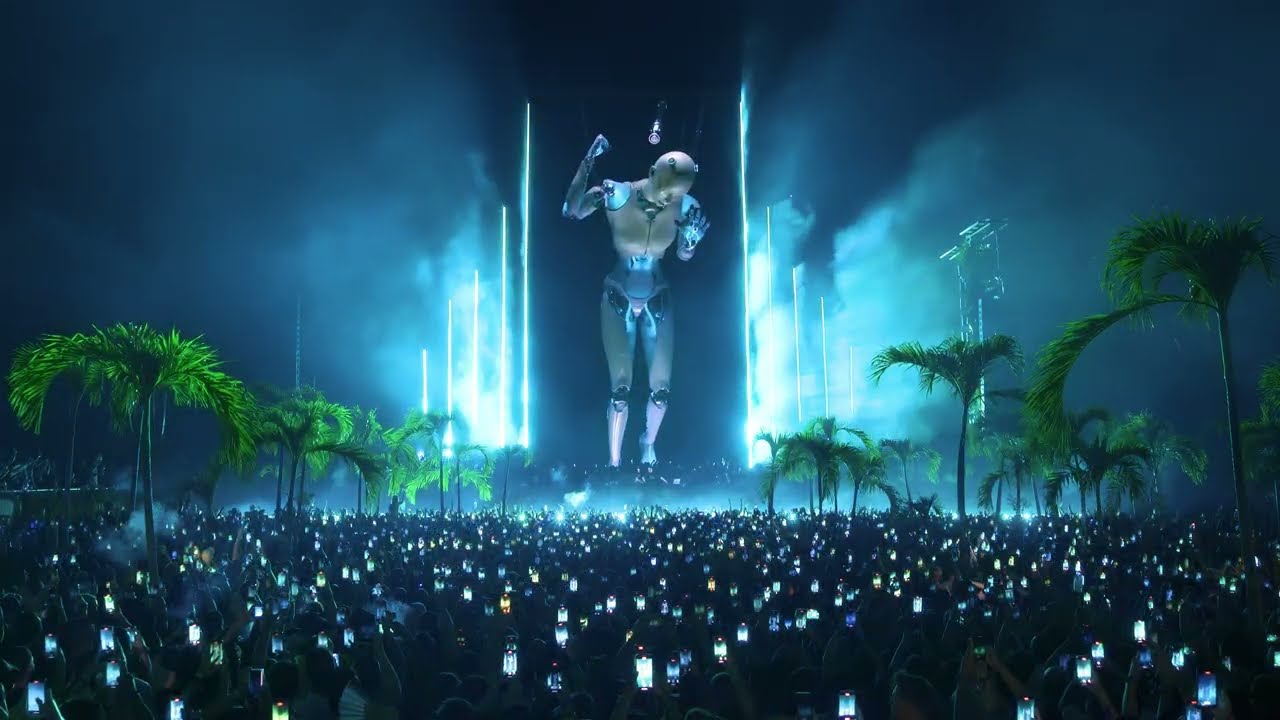
Artists and Clubs Face the Phenomenon
Many artists and clubs have expressed concern about the ubiquity of smartphones at events. Collectives like Afterlife, particularly Tale Of Us, have often emphasized their desire to create an immersive experience where the audience can connect fully with the music. They have imposed a “No Phone Policy” at Hï Ibiza shows.
Legends like Carl Cox have also highlighted the importance of direct interaction between the artist and the audience, emphasizing that smartphones can sometimes create a barrier. Peggy Gou, known for her energetic communication, has also commented on the impact of this practice on the dynamics of a set. James Hype and Meduza have also offered a “No Phone” experience for their “Our House” shows.
Bob Sinclar even posted a story describing “the worst night of his life” in front of this hyper-connected crowd.
On the club side, initiatives have been put in place to limit the use of phones. The famous Berghain in Berlin, for example, is known for its unique atmosphere and strict policy on photos and videos. Fabric in London had also experimented with secure lockers to encourage clubbers to leave their phones at the entrance. Many Iberian clubs, particularly in Ibiza, have explored different approaches to create a more immersive environment where festival-goers can focus on the musical experience. This week, Pikes Ibiza extended its “No Phone” policy to 7 days a week.
As Tale Of Us stated: “We want to create a space where people can connect with the music and each other, without being distracted by their phones”. A clubber who experienced Berghain summed it up: “At Berghain, you really feel transported to another dimension. Not having your phone allows you to focus on the music and fully experience it”.
It’s also worth noting that enforcing the “No Phone Policy” often comes down to simply placing a (marketing-avoiding) sticker over the smartphone’s camera.
The Other Side of the Coin: Digital Marketing and Hypocrisy
However, we must not lose sight of very objective facts: digital marketing helps artists get discovered and evolve. Afterlife is perhaps the biggest winner of the modern era of digital communication. Anyma and MRAK have made it their core business through their joint project Tale of Us. Sharing these grandiose images filmed with video means worthy of some football matches is now a prerequisite for their shows. 4K images, drones, giant screens… everything is good for creating spectacular viral video content.
Artists such as Swedish House Mafia, Eric Prydz, and Martin Garrix also produce high-virality content. The British James Hype uses his content to validate his claim of “Real DJing”. Finally, Alok has certainly offered the most spectacular drone videos ever broadcast during Brazilian carnivals engaging his community.
These are just a few examples among dozens. But in the end, aren’t artists becoming totally complicit in what they denounce? They are often the same ones who share a superproduction in Reel or TikTok format featuring themselves at every date.
Some might also interpret this criticism as a form of egocentrism on the part of artists, who seem to prioritize their own subjective experience over that of the audience. After all, isn’t it up to the spectator, who often pays a significant sum to attend a concert, to choose how they want to experience that moment?
Filming or photographing an event does not necessarily mean a lack of respect, but rather a desire to create personal memories. Even if this content is rarely viewed later, the act of capturing the moment can bring particular satisfaction to the clubber, who thus finds themselves in the role of “budding reporter”.
Claptone even joked about the subject by posting a laconic: “DJs who complain about the use of phones are the same ones who post content after every date”. Valid.
The debate is open, but it seems rather clear that it will be very difficult to prohibit these practices for the public. Moreover, do artists really want to?
Written by: David
Anyma Claptone James Hype Meduza No Phone Tale of Us
Similar posts
Ads
Search
-
Recent Posts
- Pacha Ibiza NYE: Marco Carola & Music On for a Legendary 2026 22 November 2025
- Audio Obscura: Joseph Capriati Brings Ibiza’s Vibe to ADE 22 October 2025
- DJ Awards 2025: Full List of Winners From The Ibiza Ceremony 13 October 2025
- KUVO Report Reveals Ibiza’s Biggest Anthems of Summer 2025 11 October 2025
- DJ Awards 2024: An Independent Celebration Returns to Ibiza 3 October 2025
Upcoming shows

Sugar Radio by Robin Schulz
22:00 - 22:59

Clapcast by Claptone
23:00 - 23:59
Top popular



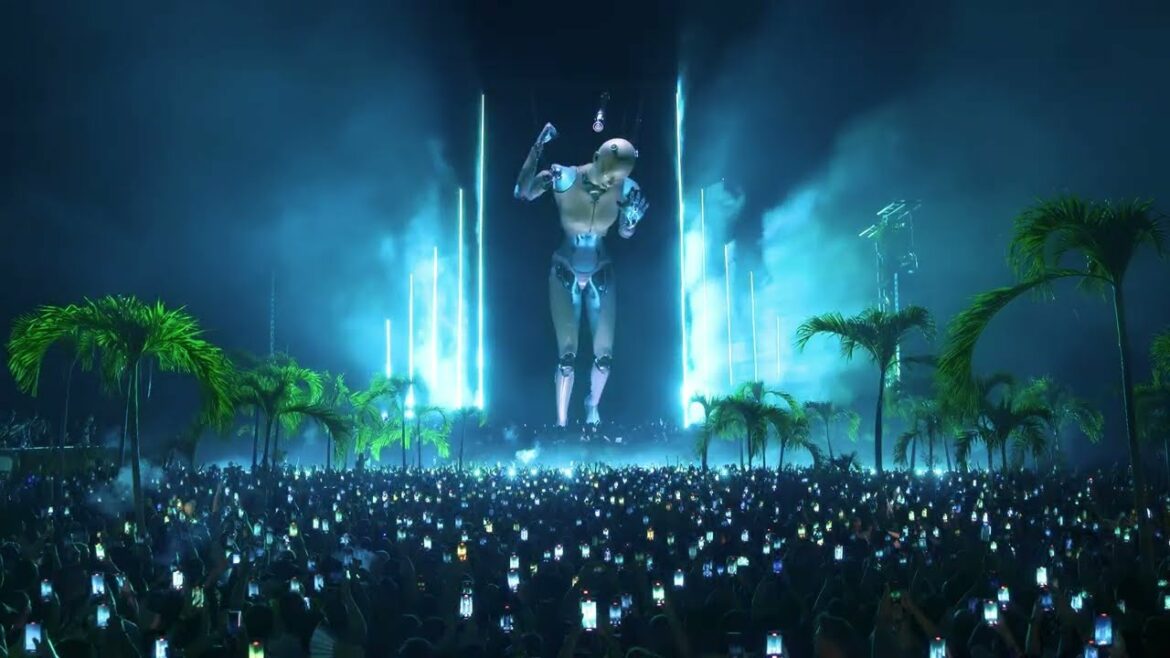
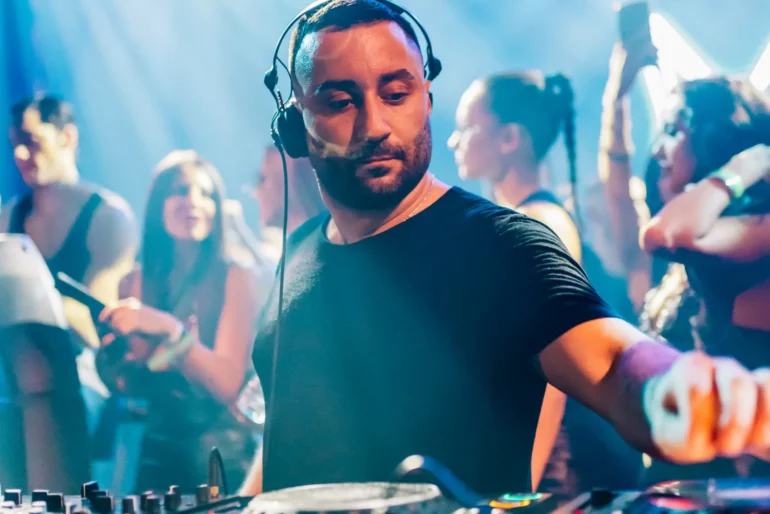
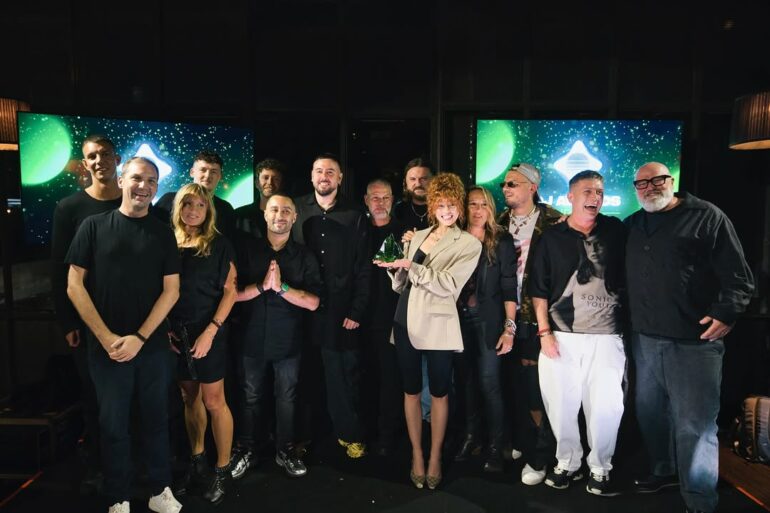

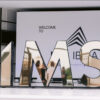





Post comments (0)